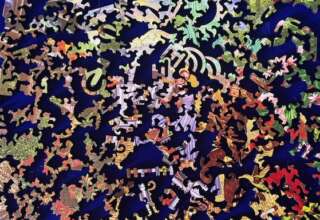
This living organizational dynamic can’t be fully understood using a reductionistic lens—believing one can control the entire process by, for example, writing a new policy to govern the behaviors within the simple self-organized local relationships—often called “frontline workers” in healthcare. In fact, much effort and expense are allocated to one single agent within the self-organizing team—the physician, hoping that leverage will alter the entire dynamic.
This belief is so strong in healthcare that physicians are inundated with efforts to give them negative feedback about “unnecessary care, labs, images, hospitalizations, procedures, medications, etc.” in the form of what are called “prior authorizations” which we will discuss in detail later in this article. Attempting to get predictable outcomes from pressures on a single agent within a complex adaptive system is folly—yet it is the primary tool used by most organizational leaders in healthcare to influence behaviors, costs, utilizations, etc.
If one shifts from a reductionistic toward a wholistic lens with the Complex Adaptive System of healthcare, one begins to recognize that guiding and coaching teams of self-organized local relationships will have far more influence and impact on organizational behaviors by allowing more local control over adapting to external environmental influences. For example, using our Flock of Birds metaphor—if the health care “flock” is allowed to respond to feedback with more agility and less delay, then new innovative adaptations can be tested more immediately, without waiting for official approval via the leaders. This provides the leaders more time and ability to study the emergent ideas and adaptations to find those with the most adaptive capacity. It further reduces the delay between feedback and action thereby allowing for the ever-important self-corrective nature of healthy change.
Navigating complexity requires a broader lens that recognizes the dynamic interplay of many agents (together called teams) with their local environment and the cultivation of more adaptive emergent influences on overall organizational behaviors. This living systems wholistic approach encourages emergent adaptations, more team autonomy, and greater adaptive capacity. It is not risk-free, however, as some emergent adaptive behaviors may be contrary to organizational success and would then require self-corrective action. Overdoing either positive or negative feedback can also de-stabilize an organization in ways that can be catastrophic, so this approach must be taken with great humility, patience, wisdom, and courage.








